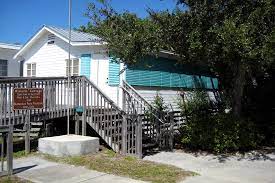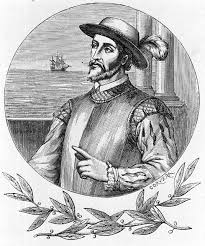1921-2021
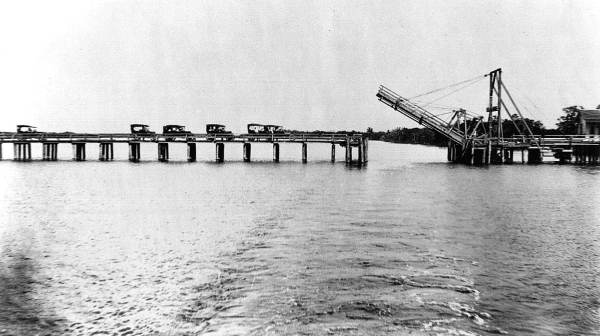
Before 1921, the only way to access the island was by boat. This limited development but did not detract people from taking a boat and enjoying a few days on the beach.
When the toll bridge to the island was finally finished in May 1921, the population on Fort Myers Beach grew to 62. The real estate “boom” of the 1920s was in full swing around the state. Now that our island was accessible, development was inevitable.
This posting celebrates four properties that have survived 100 years on Fort Myers Beach: Silver Sands Cottages and the Gulf Shore Inn are still in operation today. The Davison’s “We’re Here” cottage is now serving as the Estero Island Historic Society’s Museum. The cottage known as “Pinecone” located at 3320 Estero remains at its original location and is still being enjoyed by the owners and renters.
The Estero Island Historic Society will hold its open house celebrating the 100 year anniversary of the
We’re Here Cottage. Join us on Saturday, December 18 at 10:00 AM and visit the historic cottage decorated for Christmas. We will also have a bit of entertainment and a chance to purchase some homemade goodies at our bake sale. Rumor has it that the famous rum balls will be available for sale.
Silver Sands Cottages
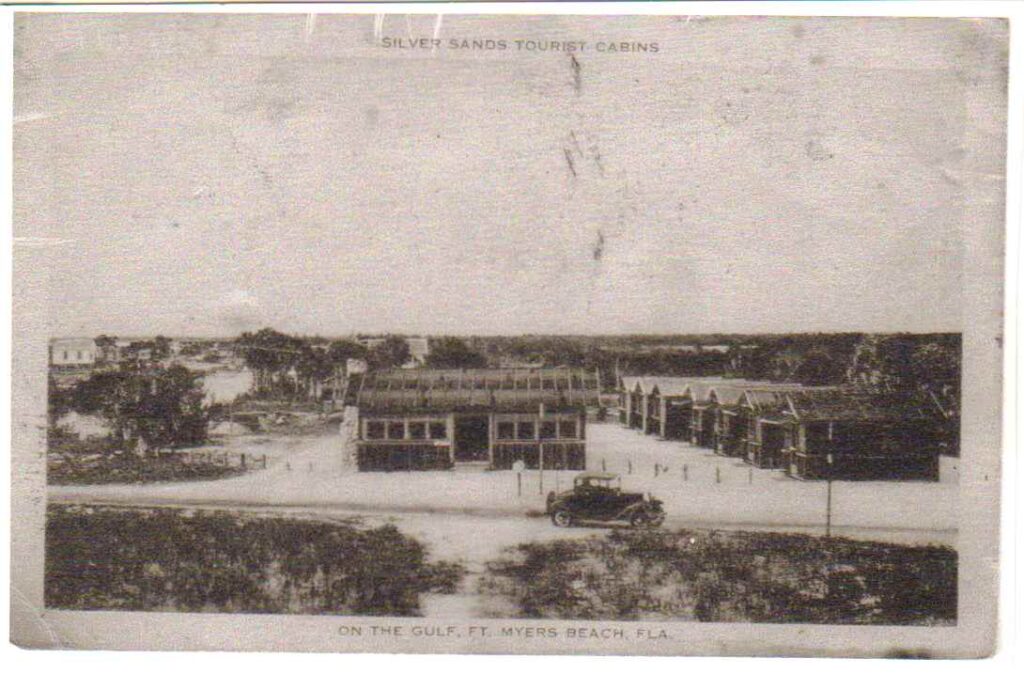
Thomas Phillips was a wealthy inventor from Maryland who put his mark on the island in many ways. In 1921 he opened “Silver Sands” which became the first cottage court on the island. Phillips offered four palm thatched cabins to overnight visitors. When the Depression hit in the 1930s, the Silver Sands Cottages were owned by the Lea family and served as a beach retreat for visitors from all over the country. In the 1940s there was a rent freeze, and the summer rates were in effect all year. At that time, you could rent a cottage for $1 per night or $5 a week. Today, the resort is still in operation.
Phillips is also credited with digging the first canal on Crescent Street in 1921. He created Eucalyptus Park in the 20s where he sold 20 foot lots for a “very low price.”
Gulf Shore Inn
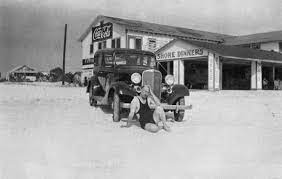
According to Rolfe Schell in his History of Fort Myers Beach, during June 1921, the beach was crowded. There were over 100 people bathing at one time and the cars were speeding up and down the beach. All these people were most likely hanging out in front of the casino and bath house that Phillips had constructed on the Gulf. The casino was known as Pete Nelson’s “Crescent Beach Casino” when Estero Island was known as Crescent Beach.
The Casino offered visitors the use of a bathhouse, swimsuit, and towel. It also sold hot dogs and hamburgers to visitors parked along the beachfront. Later, Phillips added a gambling casino with a dance floor. After the 1926 hurricane, a restaurant was added, and In 1930, rooms were built above the restaurant, and the name was changed to “Gulf Shore Inn” making this a popular destination for winter visitors. During the 1940’s, The Gulf Shore Inn was home to officers stationed in Fort Myers during WWII. The building was damaged in the 1944 hurricane, but repairs were made, and the Inn remained in operation for many years.
In 1997 “The Cottage” was acquired and opened as an indoor/outdoor bar with deck adjacent to the original Gulf Shore dining room. The name was changed to the “The Gulf Shore Grill.” Today the original building and the cottage are still being operated as a restaurant and bar.
The Pinecone Cottage
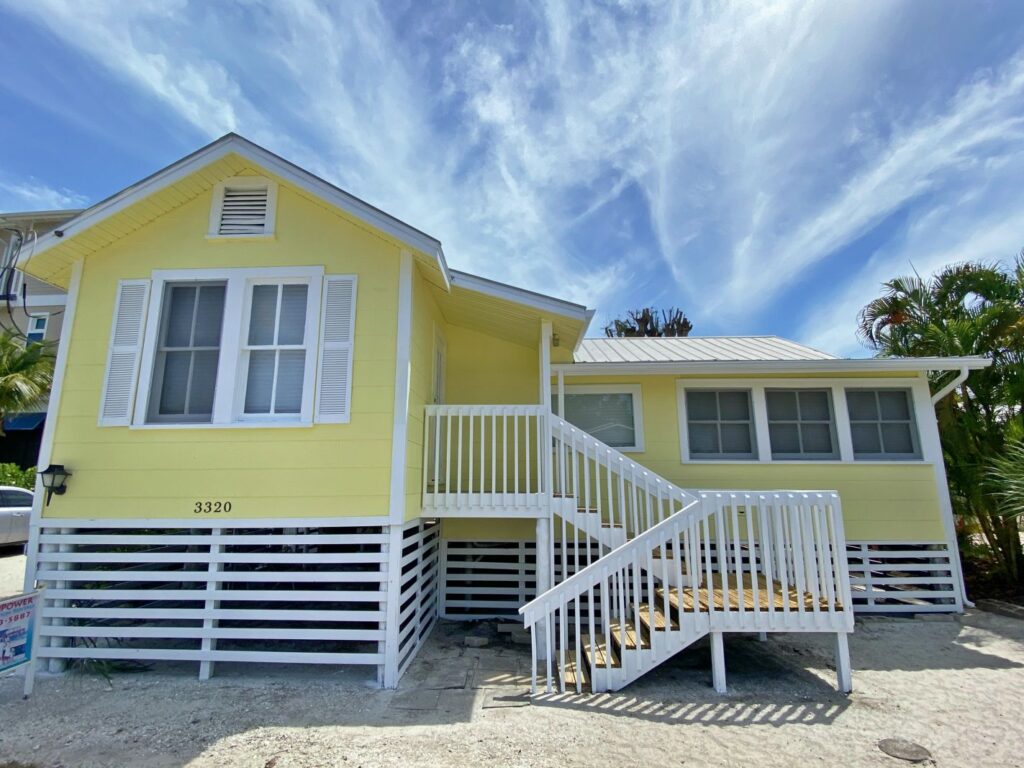
Although the Davison Cottage was built in 1921, it was destroyed by the 1944 hurricane and rebuilt using much of the same materials on the same beach front lot at the end of Mango Street. Another cottage that was also built in 1921 is located at 3320 Estero and is known as the Pinecone Cottage.
Originally part of the Robert Gilbert homestead, lot #11 was sold to William Case in 1911. Case was one of the first “developers” on the island. He created the “Case Subdivision” after purchasing a portion of Gilbert’s homestead.
Case sold the lot in 1915 to Minnie Thompson of Massachusetts. Thompson owned the lot until 1920 when she sold it to Friend Dudley Case, possibly a relative of William Case, the developer.
The house was built in 1921 by Friend Case who lived there until 1925 when his wife died, and he sold the home to Elmer Hough. Elmer Hough was a well-known engineer and state senator in West Virginia before moving to Fort Myers in 1923 where he became involved in the local community and served as a two-term mayor beginning in 1926.
Hough died in 1939 and his widow, Florence Bolton Hough, sold the home to Ester Anne Power. Power owned the home from 1939 until 1941 when she sold it to Elizabeth Smith.
Smith owned the home until her death in 1963 when it was sold to Dan and Yvonne Griggs. In 1967, the Griggs sold the home to Clarence C. Kent and Neal S. Kent. The Kents then sold the house to the Comparettos in 1972. The house is still in the Comparetto family who use it as a vacation home and rental property.
We’re Here: The Davison Cottage
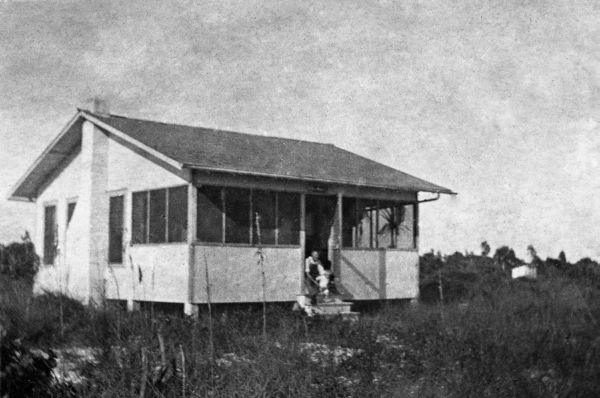
Kim Davison first came to the island by boat with his father, who was a surveyor. The Davisons had a house in Fort Myers, but, in 1921, they built a small cottage on the beach at the end of Mango Street. The cottage served five generations of the Davison family. For many years, the cottage was the home of the San Castle Kindergarten which was operated by Kim’s wife, Sue. The cottage was destroyed in the 1944 hurricane, but the family was able to save the lumber and rebuild their beach home after the storm.
In 1995, the cottage was moved from the beachfront to its present location at the end of Bay Road where it houses the Estero Island Historic Society’s Museum. The museum has displays, archives, and a collection of old photos showing the island’s original cottages and bridges.
